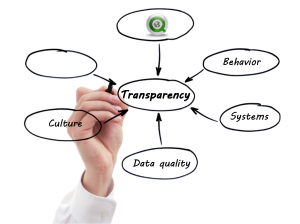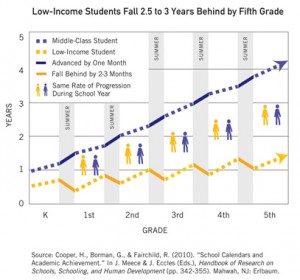Leaders are required to make decisions. Each decision, no matter how big or small, has an impact on the organization. It is crucial for leaders to understand their decision making color. Reflection on these colors (and their attributes) may help as you continue (or embark) on your leadership decision making journey.
Opaque
What is opaque? According to dictionary.com, opaque is defined as “not allowing light to pass through” and “hard to understand.” Is your decision making color opaque? If you do not share information with your colleagues, make decisions without the input of others, or attempt to build WALLS between you and those impacted by the decisions, then your color is opaque.
Impact on Leadership – Leadership can be a lonely place, but it doesn’t have to be. Granted, there are times that you are required to make decisions because you are the leader (sans input from others) yet are you able to explain why you made a certain decision? In order to overcome being opaque, it is important to seek advice from others, build a collective efficacy where stakeholders are involved, and be able to articulate decisions once they are made. Opaque leaders are viewed as shady, untrustworthy and unapproachable. Is this how you want to be viewed?
Translucent
What is translucent? According to dictionary.com, translucence is “permitting light to pass through, but diffusing it so that persons, objects, etc., on the opposite side are not clearly visible.” Is your decision making color translucent? If you veil your decisions in an attempt to be honest and forthright, but ensure to leave mystique in decision making (or decision articulation) you may be translucent.
Impact on Leadership – Leaders have a tendency to want to be an open book, but may have difficulty with truly being open. The more leaders expose, as some may fear, they more they could be criticized or questioned. Translucent decision making provides others with the appearance of being open and honest, but are unable to fully commit. Decisions, in a translucent environment, are focused on the dichotomy of open access and veiled secrecy. Although translucent leaders are more open than opaque leaders, they may struggle with allowing others to get in too close, or feel that since they are in the leadership seat, they should make the decisions.
Transparent
What is transparency? According to dictionary.com, transparency is, “easily seen through, recognized, or detected: transparent excuses.” Think you are transparent? If you are able to articulate your decisions in an open, public forum and allow others to see through your decisions so that all questions are answered, you are probably transparent.
Impact on Leadership – Those leaders seeking to be progressive, data-driven strive to be transparent. For too long, organizations (insert any and all) have had trouble “opening up the books” and allowing others to see in. Transparent leaders are able to make decisions within a shared governance paradigm, and can explain rationale on their decision making. As the graphic on transparency illuminates, it is important to have the organization climate focused on transparency. Simply put… Keep it clear, and process-centered and allow others to see everything.
What’s your decision making color?




